Frequency range: 26.5- 28MHz SWR: ≤1.2:1 Max. power: 35W continuous 250W Short time Bandwidth at S.W.R. 2:1: 1900KHz Impedance: 50ohm Whip length: 1200mm Adjustment: 0~90° Cable Length: RG58/157" Po...
See DetailsWhy Does a DVB-T Antenna Require Regular Alignment Adjustments?
Digital Video Broadcasting-Terrestrial (DVB-T) has revolutionized television broadcasting by delivering high-quality digital signals to millions of households. However, users often encounter a puzzling challenge: why does a DVB-T antenna—a seemingly static device—require periodic alignment adjustments?
1. Signal Propagation and Antenna Directivity
DVB-T operates within the Very High Frequency (VHF) and Ultra High Frequency (UHF) bands (typically 174–230 MHz and 470–862 MHz). These frequencies travel in line-of-sight paths and are susceptible to obstructions like buildings, trees, and terrain. Unlike omnidirectional antennas, DVB-T antennas are often directional (e.g., Yagi-Uda designs) to maximize signal gain from a specific transmitter.
Even minor misalignment—caused by wind, thermal expansion, or accidental nudging—can shift the antenna’s beam angle away from the optimal reception axis. A deviation as small as 5–10 degrees may degrade the signal-to-noise ratio (SNR), leading to pixelation or complete signal loss. Regular realignment ensures the antenna remains precisely oriented toward the broadcast tower.
2. Environmental Dynamics
Outdoor antennas are exposed to harsh weather conditions. For example:
Wind and Storms: Strong gusts can physically displace the antenna.
Temperature Fluctuations: Metal components expand and contract with temperature changes, subtly altering the antenna’s geometry.
Vegetation Growth: Trees or foliage that grow over time may block or reflect signals, necessitating adjustments to compensate.
These factors cumulatively degrade alignment accuracy, making periodic checks essential.
3. Multipath Interference and Digital Signal Thresholds
DVB-T uses Orthogonal Frequency Division Multiplexing (OFDM) to resist multipath interference—a phenomenon where signals reflect off surfaces and arrive at the antenna with slight delays. While OFDM mitigates this, antenna misalignment exacerbates multipath issues by allowing reflected signals to dominate over the direct path.
Digital signals have a “cliff effect”: once SNR drops below a critical threshold, the signal abruptly fails. Analog systems degrade gradually, but DVB-T’s all-or-nothing behavior means even minor alignment errors can trigger sudden outages. Regular alignment ensures the antenna captures the strongest possible direct signal, minimizing reliance on reflections.
4. Transmitter Updates and Network Changes
Broadcast networks occasionally adjust transmission parameters, such as frequency shifts or power level changes, to optimize coverage. Regulatory updates or the introduction of new services (e.g., 5G in some regions) may also introduce adjacent-band interference. Realigning the antenna helps adapt to these changes and maintain compatibility with evolving standards.
Best Practices for Antenna Maintenance
To ensure consistent DVB-T reception:
Use a Signal Meter: Professional installers rely on signal strength meters to fine-tune alignment.
Secure Mounting: Reinforce brackets and mounts to resist environmental stresses.
Seasonal Checks: Inspect the antenna after extreme weather events or seasonal foliage growth.
Stay Informed: Monitor local broadcaster announcements for transmission updates.
While DVB-T antennas are engineered for durability, their performance hinges on precise alignment. Environmental wear, physical displacement, and the unforgiving nature of digital signal thresholds make regular adjustments indispensable. By understanding these factors and adopting proactive maintenance habits, users can enjoy uninterrupted access to crystal-clear digital television—proof that even in the wireless age, a hands-on approach still matters.

 English
English Español
Español
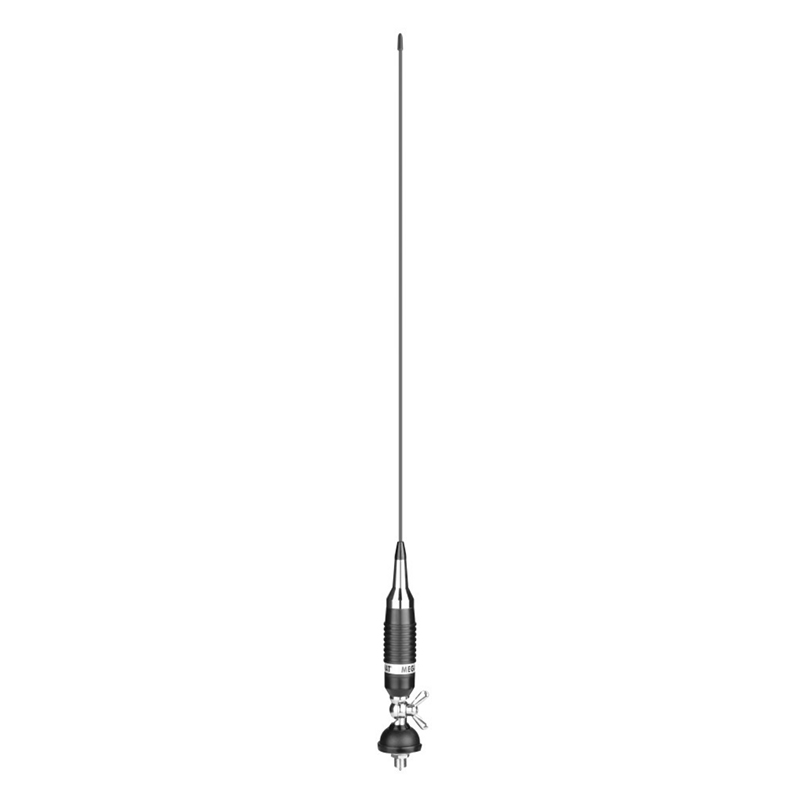
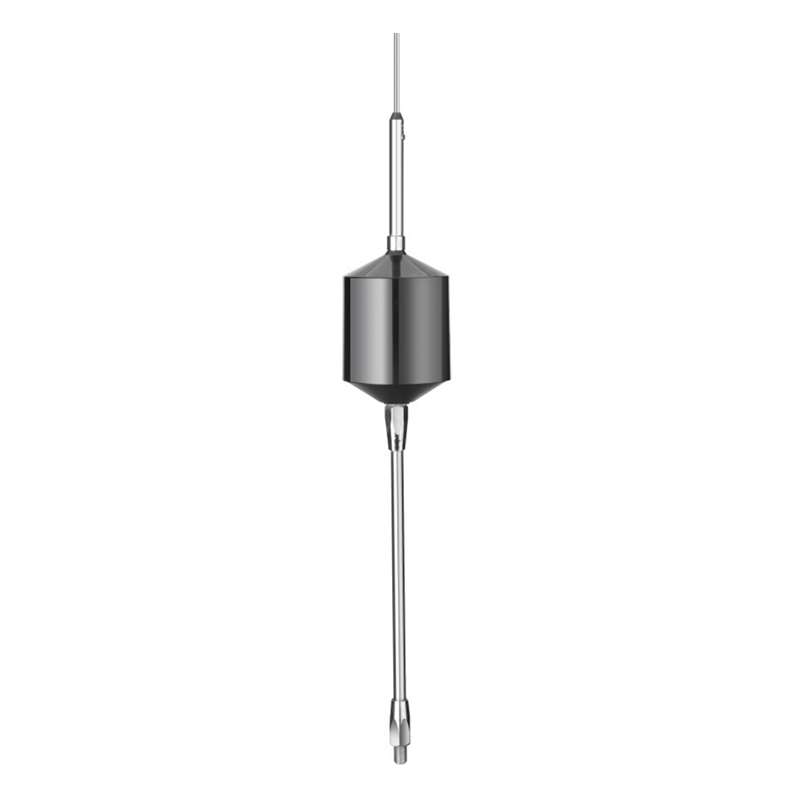


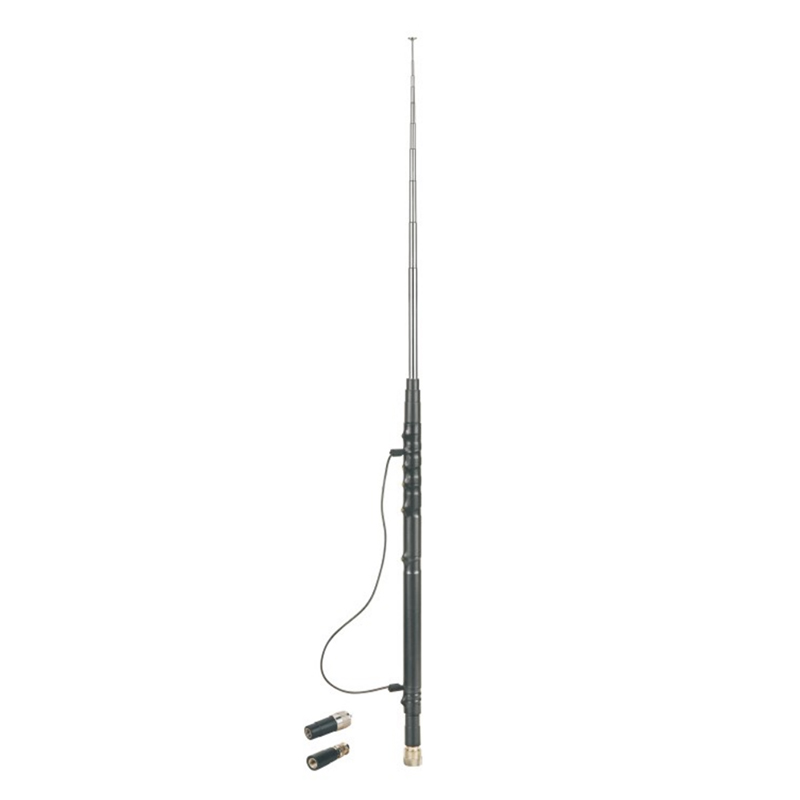
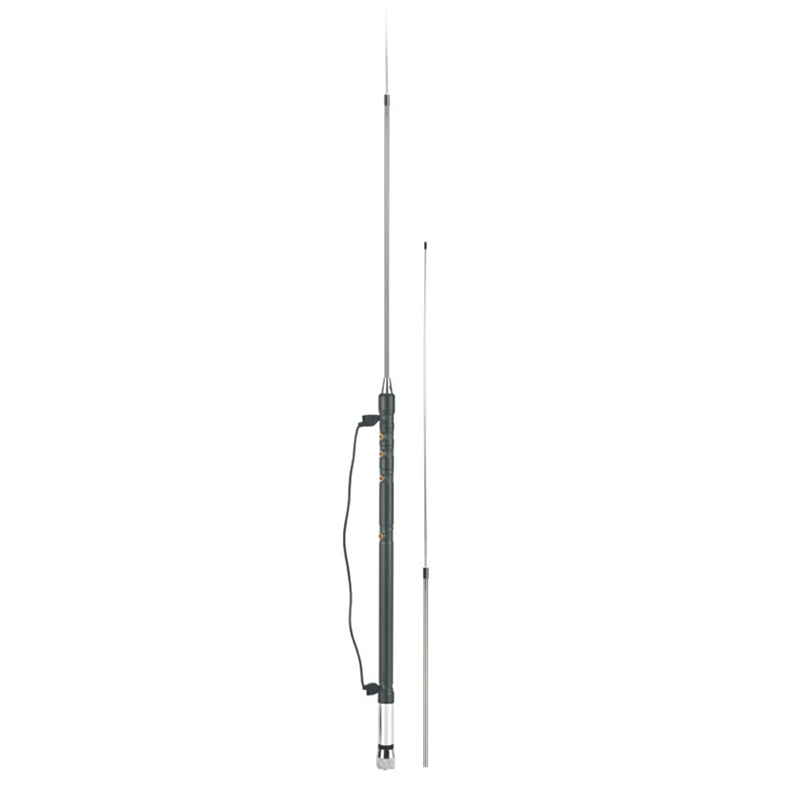
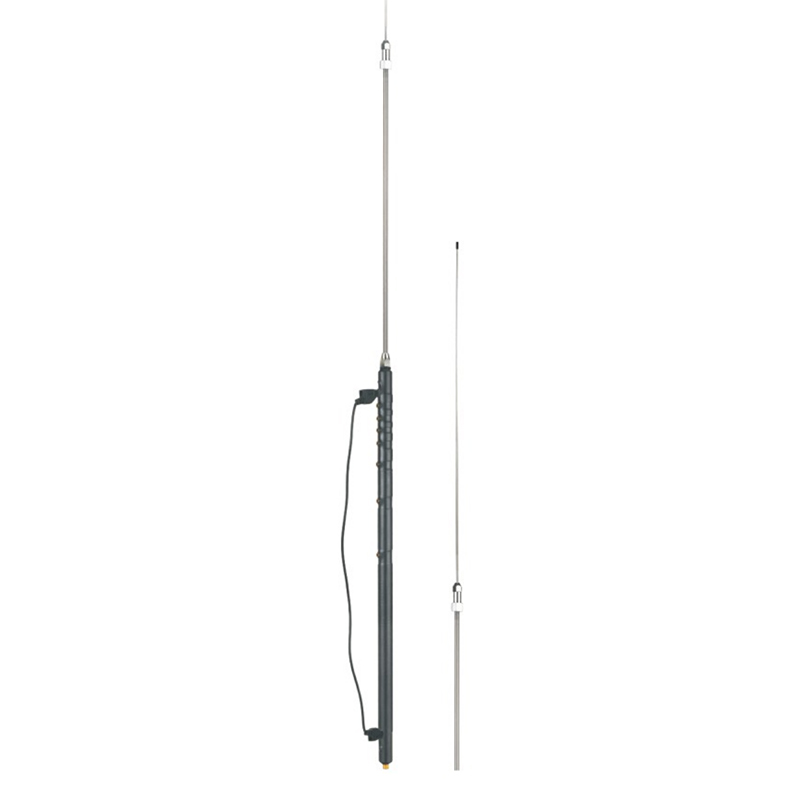
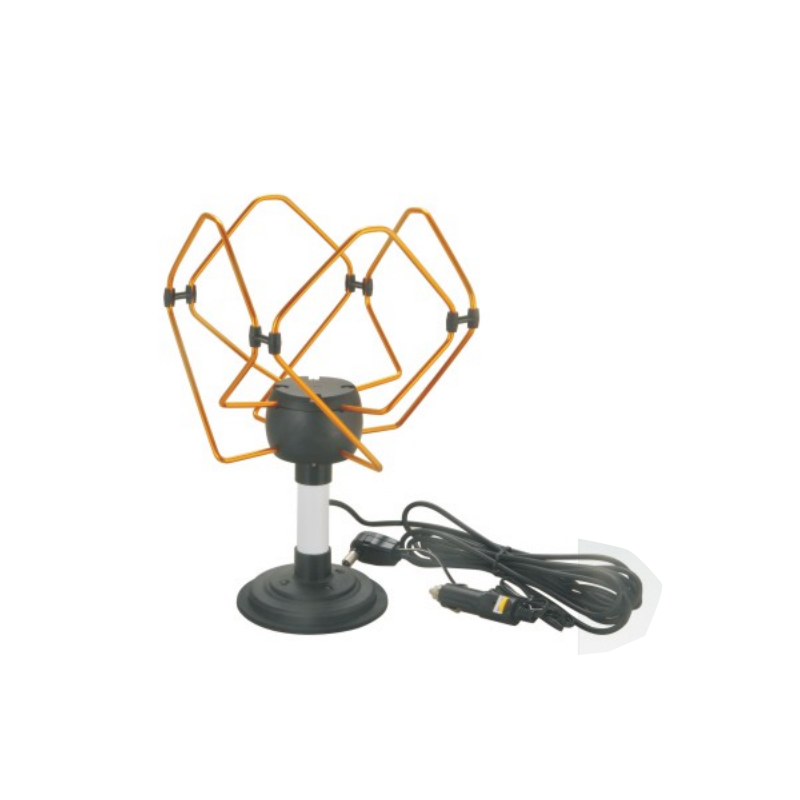
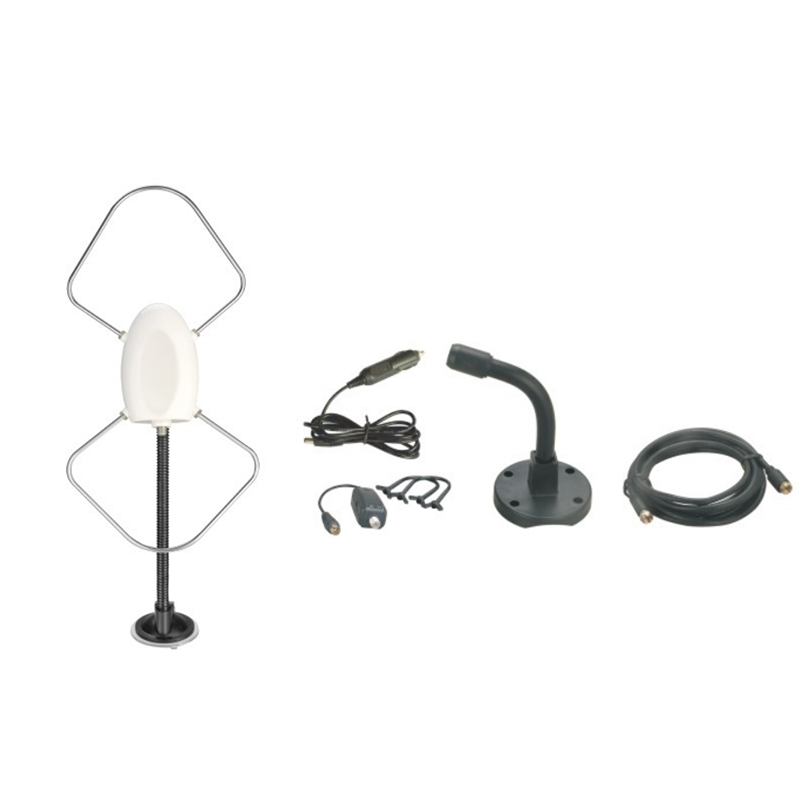
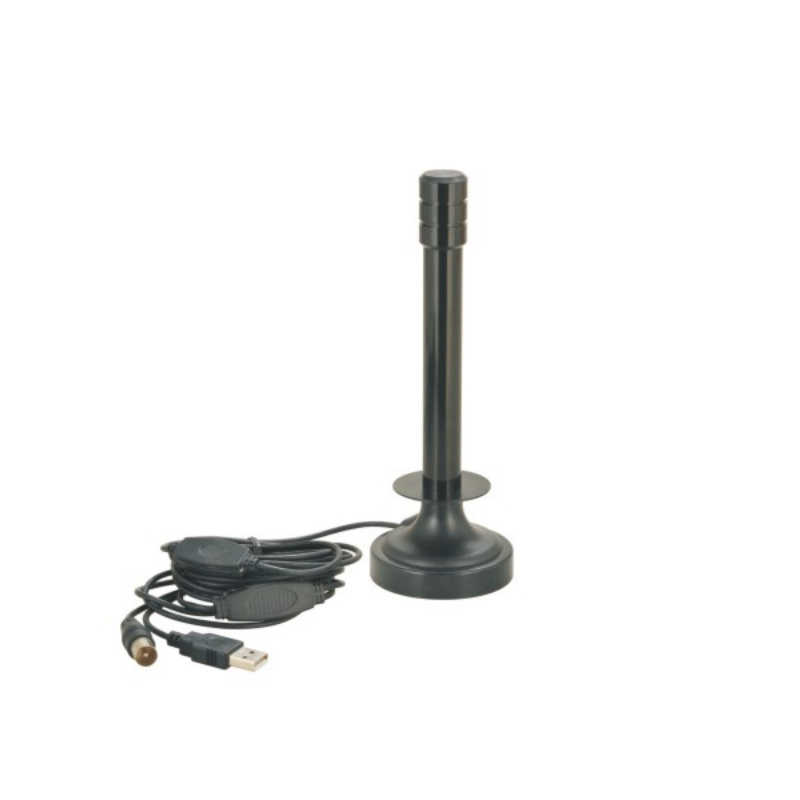

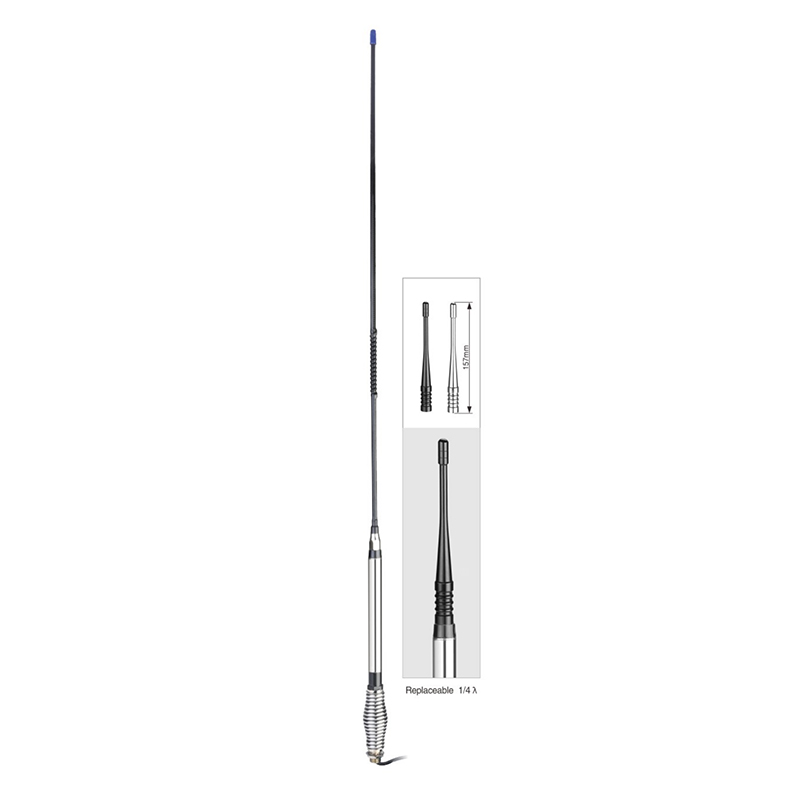

Contact Us